That Lost Highway
Published in: 10. Inversion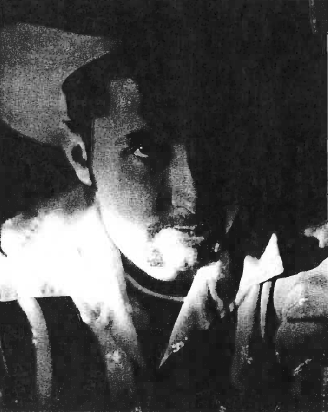
When you drive through the desert, a magic combination of auditory and visual sensations arises: barren landscape in concert with the hypnotic hum of wheels on dry concrete. The effect summons different states of being. The limitless surroundings can elicit euphoria or, on the contrary, intensify an already unstable mood and cast a traveler into the pit of loneliness best evoked by a Hank Williams song.
The aging process can produce similar reactions in the mind. On the one hand, moving through life brings excitement, inspiring with ever-unfolding horizons and beckoning onward to new adventures. Yet this motion takes us nearer to the unknown reality of death. Even without fear of parting with life as such, regret arises with the knowledge that physical experience will end: with time, we will be forgotten, just like a decaying ghost town.
Deserts have a way of making a person realize his mortality. There are signs everywhere of what once was, but has been passed by in geologic time: crumbling mountains, forests replaced by cacti, dry streambeds instead of flowing water. This wornness possesses a quiet beauty and serenity of its own.
So it was that my father, on turning fifty years old, decided to face reality head on with a motorcycle ride in the low desert of the American Southwest.
Nearly twenty-five years ago, my dad was the owner of a Harley. It stayed his until just after I was born. As it became apparent a motorcycle would not function as an acceptable family vehicle, the bike was soon replaced with a Jeep Wagoner. Now, countless family cars and work trucks later, my dad had reached fifty. By this time, my sister and I had both left the house and all pets had passed on to the next realm. Finally, my dad no longer had to worry about passengers, air bags, seatbelts and crash impact safety statistics. So he bought a $25,000 motorcycle. Not just a motorcycle, but the creme de la crop, the best touring cycle Harley makes, complete with saddlebags, a passenger seat and a full black leather outfit — from chaps to boots with jangling spurs.
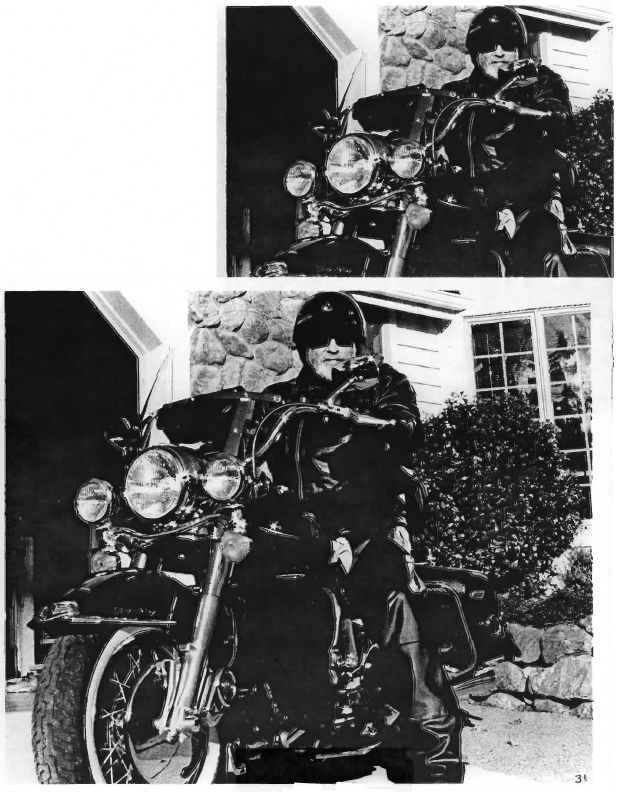
He bought the bike a few months before his jubilee. A resident of the Olympic Peninsula, Washington, he couldn’t count on a chance for much time in the saddle, given the area’s climatic predisposition to rain. So special plans were made: for his fiftieth, he would ride in the desert. He called his younger brother in Chicago and made arrangements to meet in Las Vegas, where his brother would rent a bike. From there, the two of them would drive down into the desert for sun, warmth and open roads. At 3 a.m. on the anniversary of his birth, my dad set out from Washington, beelining for Vegas. Two days later, he arrived in the city of sin. After a night of casinos, quarter-slot gambling, drinking and general sensory overload, he and his brother headed south on Highway 95, into the black heart of the low desert.
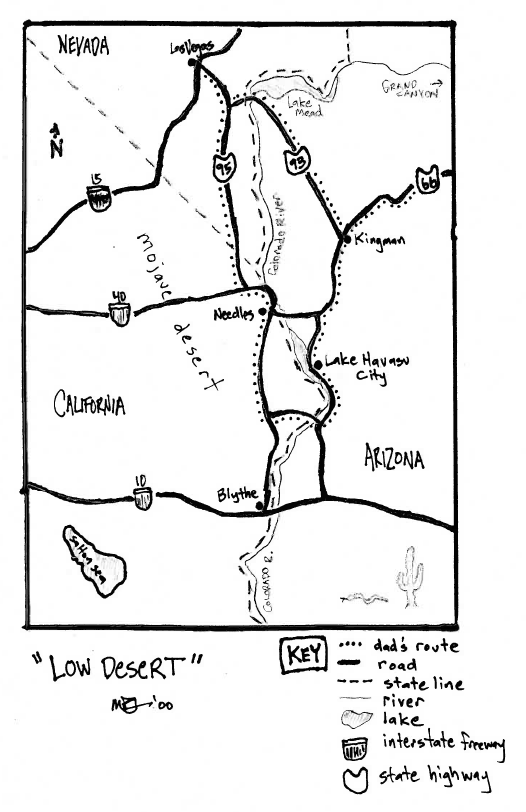
As the narrator and the subject’s son, I should interject at this point with my own experience. My father and uncle had never before encountered the place they were to visit. I myself had spent an enormous amount of time there while living in San Diego, only a few hours’ drive away.
At first glance, the desert is startling. Nearly devoid of any traditional flora and fauna, it is filled with low, miserable mountain ranges, half-buried in their own eroded rock. It is a land of extremes: fewer than three inches of rain per year, summer heat that reaches 120° F, and cold, windy winters. A person there may lose four gallons of water a day in sweat.
In the days of early Spanish exploration, the desert went by several names, including El Jornado del Muerte and El Mal Pais, meaning the journey of death and the bad, or Devil’s, country, respectively. In the modern-day anthropogenic aspect, it has been settled by the only true pioneers left in America. These rough dry-landers are able to endure in the hard country, making do with only a mobile home and a case of Budweiser for comfort against the elements. Rugged individualists, they keep leery of outsiders and the Federal Government.
According to traditional ideas about the beauty of natural landscapes and riches of local culture, the low desert should be classified a wasteland. To those who have peered beneath the initial harsh veneer, however, the land reveals an inexplicable beauty and the locals are a source of endless fascination and intrigue.
It was into this wild land that my father and his brother rode, their eyes unprepared for the encounter. On the second day of their ride, I received a phone call from a motel in Needles, California, with an update from my dad on the jornado. He related stories of wind- burned skin, crazy gas-station attendants, the bizarre spectacle of the London Bridge transposed to Lake Havasu, biker bars full of hairy women and speed dealers, sparse terrain, the roaring desert wind, and most of all the utter freedom afforded him by open desert highways.
They had just returned from a romp of bars in Needles, toured with a three-dollar all-night taxi ride in an old minivan registered at the driver’s mobile home, where his wife acted as dispatcher. They had no business license. The driver smoked incessantly, disregarding my asthmatic father’s requests. Such is the way of the low desert.
In the background, through the receiver, I could hear my uncle working on another bottle of Corona — his form of hydration. Out in the elements for two days riding bikes at 100 miles per hour, then drinking each night at the local dives, they had managed to get by without even a drop of water. I told my dad that one gallon of water a day is the minimum a person should drink while in the desert. He asked if this was why his lips were cracked and bleeding. Most likely, I replied, laughing.
On his way back to Washington, he stopped in Big Sur to ride around for a few days and pay me a visit. While unloading some of his things, he called me over to see something. He pulled out a velvet bag, tied with a drawstring, for Crown Royal rum. Inside lay a nine-millimeter gun. He said he always traveled with it, in case he ran into trouble. I nodded with amusement: I travel all the time and have never considered a need for a weapon. Then he said the freedom he’d tasted in the desert had made him change his views on bearing arms. Next time, he assured me, he would simply strap a shotgun on his back — the better, he thought, to fit in with the locals. I laughed. The beautiful part was that he was half-serious. I love my dad.
Listening to my dad spin tales of the desert and his fresh impressions of it, I felt as close to him as I ever have. He was full of the same initial awe, disbelief and amazement before the region I had felt in first experiencing it myself. We name-checked gas stations and ghost towns like two old men at a fifty-year high school reunion.
It was a beautiful visit, and it made me realize where I get my love of extreme places. When I was a kid, my family traveled quite a lot, including extensive bouts in the deserts of the Southwest. This, however, was altogether different. For the first time in my life, I was able to see things exactly as my father experienced them and share a complete sense of understanding with him.
If I’m lucky, on my fiftieth birthday I will also be riding through the desert on a Harley. I would like to call up my son from a hotel room in the middle of nowhere and, drunk with enthusiasm, tell him wild stories of bars, bikers and the bare rock desert. I hope I will be crazy enough to ride with a shotgun strapped to my back and think it is perfectly natural: such is the way of the desert.
2000

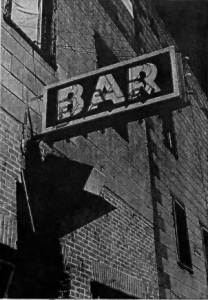
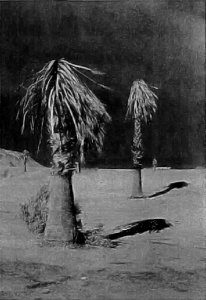
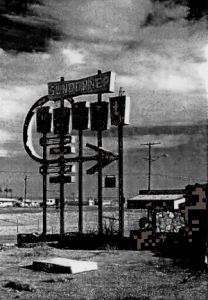
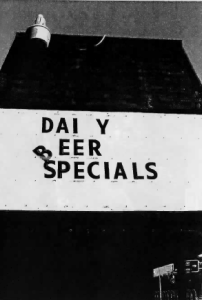
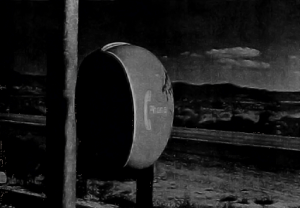
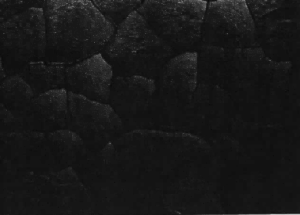
Speak Your Mind